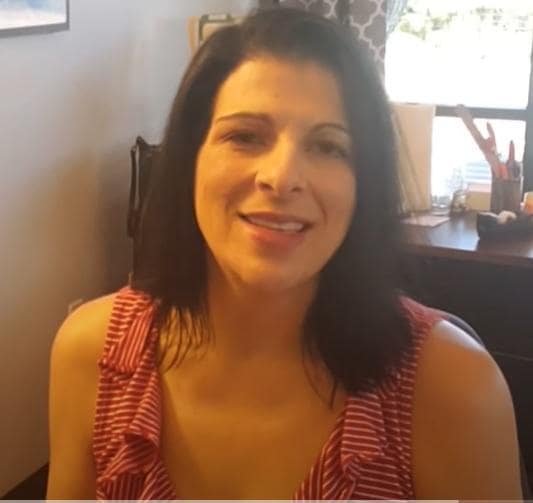Last week we went over some key points regarding the move in procedure. At this point in the tenant rental cycle, you have completed several elements. You have screened the tenants, showed them the property, ran the background and credit, conducted the lease signing and moved the tenants in.
Now it is time to kick back and collect the rent. Well, not exactly. After the move in, while most of the heavy lifting is done regarding this tenant cycle, we have found that the first month of tenancy is sometimes disappointing for the owner.
The main reason for this disappointment is that the first month of tenancy usually is the month that has the highest tenant maintenance costs.
One reason for this is that the home has been vacant since the last tenant moved out. Vacancy sometimes has a negative effect on household systems that are not used while the property is vacant. An example of this would be the seals or flappers going bad on a toilet that had no problem before.
Another thing we observe regarding maintenance in the first month of tenancy is that items that may have been ignored or not called in by a previous tenant are now noticed and reported by the new tenant. Items like a toilet running, garbage disposal not working or windows not locking.
It is important to adhere to items 2 & 3 on our tenant retention post. It might be frustrating to use some of the first month's rent on maintenance items but the tenants will notice how you respond since this is also the first month you will be their landlord.
This is a good time to make sure the tenants use common sense regarding simple fixes and for you to draw the line on what a needed fix is and what is petty. The tenants also need to be advised that if they are causing items to break, they will be held responsible.
As an owner, you should be responsive to needed fixes at the property but shouldn't have to be called constantly regarding trivial matters. Also, keep in mind that monthly maintenance costs are normally much lower after the first month.
Now it is time to kick back and collect the rent. Well, not exactly. After the move in, while most of the heavy lifting is done regarding this tenant cycle, we have found that the first month of tenancy is sometimes disappointing for the owner.
The main reason for this disappointment is that the first month of tenancy usually is the month that has the highest tenant maintenance costs.
One reason for this is that the home has been vacant since the last tenant moved out. Vacancy sometimes has a negative effect on household systems that are not used while the property is vacant. An example of this would be the seals or flappers going bad on a toilet that had no problem before.
Another thing we observe regarding maintenance in the first month of tenancy is that items that may have been ignored or not called in by a previous tenant are now noticed and reported by the new tenant. Items like a toilet running, garbage disposal not working or windows not locking.
It is important to adhere to items 2 & 3 on our tenant retention post. It might be frustrating to use some of the first month's rent on maintenance items but the tenants will notice how you respond since this is also the first month you will be their landlord.
This is a good time to make sure the tenants use common sense regarding simple fixes and for you to draw the line on what a needed fix is and what is petty. The tenants also need to be advised that if they are causing items to break, they will be held responsible.
As an owner, you should be responsive to needed fixes at the property but shouldn't have to be called constantly regarding trivial matters. Also, keep in mind that monthly maintenance costs are normally much lower after the first month.


